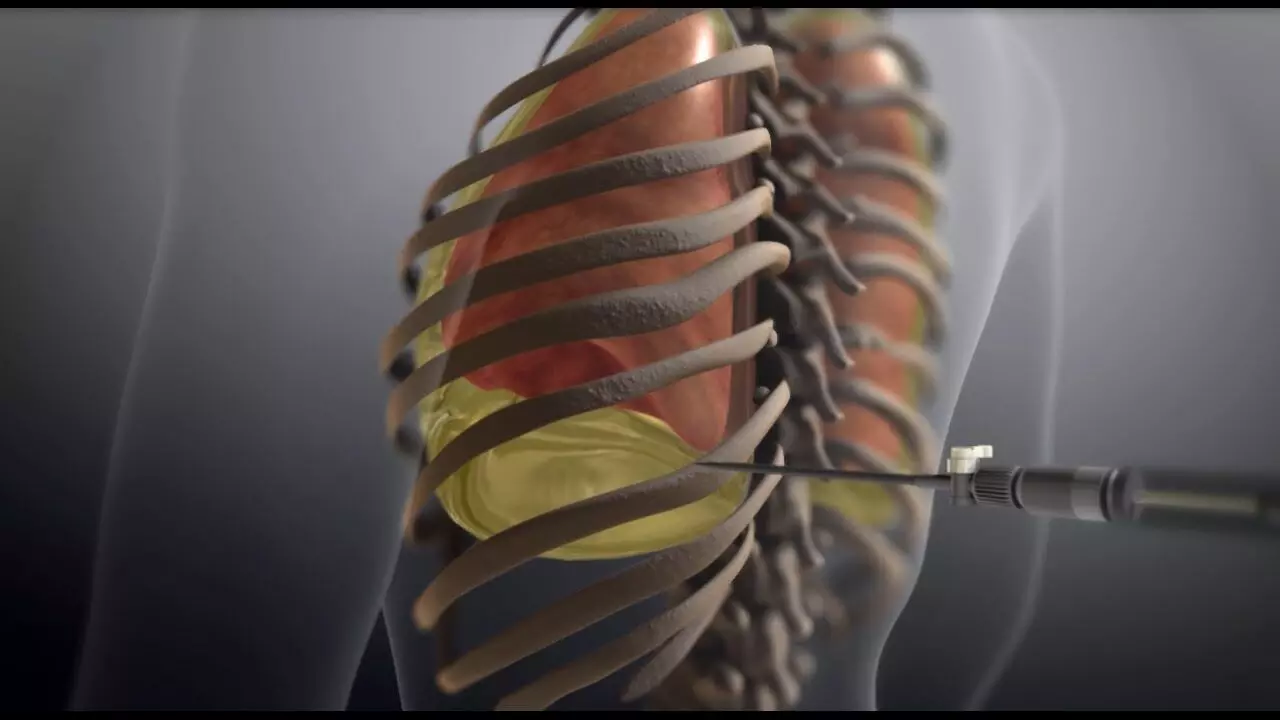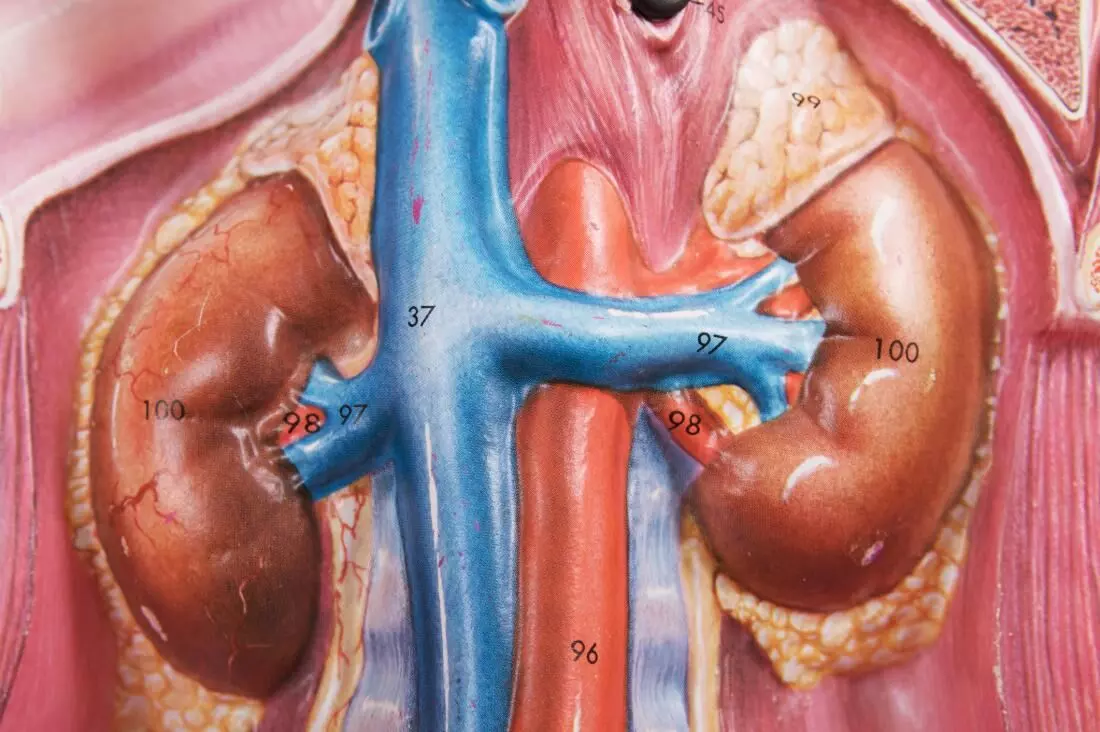Poorly Controlled Type 1 Diabetes in children linked to MASLD irrespective of overweight: Study

Recent research study has highlighted the intricate connection between metabolic dysfunction associated with steatotic liver disease (MASLD) and diabetes, particularly type 2 diabetes (T2D). MASLD, characterized by liver steatosis, presents a significant health concern, particularly in individuals with diabetes. Effective management of T1D is essential to mitigate the risk of liver injury in pediatric patients.
This study aimed to explore the relationship between poorly controlled T1D and liver injury in children and adolescents. The study was published in the Journal Of Pediatric Gastroenterology and Nutrition. The study was conducted by Koutny F. and colleagues.
The prevalence of diabetes, including T1D, among children and adolescents is a growing public health concern. While MASLD is well-established in individuals with T2D, its association with T1D requires further investigation. Elevated alanine aminotransferase (ALT) levels serve as a proxy for MASLD, highlighting liver injury in diabetic patients. Effective glycemic control is crucial to prevent complications such as MASLD in pediatric patients with T1D.
The study analyzed clinical and laboratory data from pediatric patients (aged 2-17 years) with T1D across multiple centers in Germany, Austria, Switzerland, and Luxembourg. Researchers examined the association between poorly controlled T1D, indicated by hemoglobin A1C (HbA1C) levels, and elevated ALT levels, a marker of MASLD.
The key findings of the study were as follows:
-
Among 32,325 participants, 14.4% presented with elevated ALT levels at baseline.
-
Factors such as overweight status (BMI ≥ 90th percentile) and poorly controlled T1D (HbA1C ≥ 11%) were associated with higher odds of elevated ALT levels, indicating liver injury.
-
Long-term follow-up data revealed that inadequately controlled T1D increased the risk of elevated ALT levels over a period of up to 5.5 years.
-
Children with HbA1C ≥ 11% and overweight status had the highest risk of liver injury, emphasizing the importance of glycemic control and weight management.
The study underscores the critical role of effective diabetes management in pediatric patients with T1D to prevent liver injury associated with MASLD. Regular monitoring of liver enzymes is essential for early detection and intervention. These findings emphasize the complex interplay between glycemic control, weight status, and liver health in children and adolescents with T1D, highlighting the need for comprehensive care strategies to optimize patient outcomes.
Reference:
Koutny F, Wiemann D, Eckert A, et al. Poorly controlled pediatric type 1 diabetes mellitus is a risk factor for metabolic dysfunction associated steatotic liver disease (MASLD): An observational study. Journal of Pediatric Gastroenterology and Nutrition. https://doi.org/10.1002/jpn3.12194
Powered by WPeMatico





















